The UN-Comfort Zone
What motivates you? That's the question I'd like to ask in this inaugural column on motivation.
- By Robert Evans Wilson, Jr.
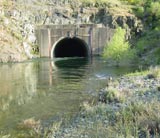
Dam construction in the mid 1960s and seismic, environmental, and cost-sharing concerns in the 1970s created serious problems for the Placer County Water Agency in northern California.
- By George Slovensky, Alan Stroppini

It's no secret that Phase I professionals operate in an extremely competitive environment.
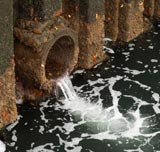
Pre-testing aqueous wastewater streams to determine biodegradability doesn't have to cost an arm and a leg, much less drag on for months.
- By Shawn Blenis, Ray Noletto
Opinion
Record prices for gasoline are increasing the costs of producing, transporting, and processing food products.

As a "real estate leasing company," the Port of Long Beach, Calif., does not make pollution but does own it -- in the sense that the port is ensuring that tenants and users do their part in meeting environmental standards.
- By L.K. Williams, EPonline
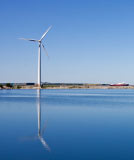
Attica, N.Y., and Seattle, Wash., both have found success in accomplishing their goals using aeration powered by wind energy.

Brian Griley, president of Southern Counties Express (SCE), knows his industry. He is a third-generation trucking businessman, but the ports of Long Beach and Los Angeles are changing the rules of the road.
- By L.K. Williams, EPonline

Municipalities often tackle stormwater pollution using technology, a system of inspections and enforcement, and routine catch basin upkeep. These methods can abate stormwater pollution, but they do not address the root of the problem: people and businesses, oftentimes unknowingly, engage in polluting behaviors.
Opinion
On April 2, 2008, exactly one year after the landmark U.S. Supreme Court decision in Massachusetts v. EPA, 12 states, supported by an additional five states as amicus curiae, as well as the District of Columbia, the cities of New York and Baltimore, and a number of environmental organizations, filed a petition for mandamus with the U.S. Court of Appeals for the District of Columbia Circuit seeking to compel the U.S. Environmental Protection Agency to act on remand within 60 days.
Wetlands are complex reactors that facilitate numerous chemical and biological reactions, and these reactions can be exploited to remove pollutants. Today, engineers are able to design wetland systems that can clean up landfill leachate onsite.
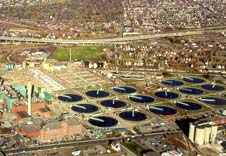
Detroit is known as the Motor City, but water may be its most vital resource. Detroit’s decision in the 1950s to build large water mains in the suburbs and connect them to its water plants pumped the economic and population growth of southeastern Michigan.
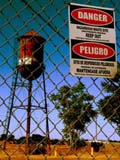
If you're a security integrator working with companies that store or produce chemical or petroleum products, your clients have probably asked for assistance with the Department of Homeland Security's Chemical Facilities Anti-Terrorism standard (CFAS).

Every time you turn around, you can see technology. Most of it uses electrical energy that creates electromagnetic fields (EMFs), but is this a problem?

The constant quest for faster, more efficient electronics has created an international waste disposal nightmare because electronic components frequently contain lead, mercury, cadmium, and other toxic materials. The need for responsible electronics stewardship is urgent.
- By Kami Lowery, Sean Story, John Jagelski

Opinion
As record oil prices pinch the wallets of average Americans, the natural gas and oil industry is increasingly asserting that leasing more wild, public lands to natural gas and oil drilling could solve this crisis.

Water professionals will converge on drought-stricken Atlanta for the American Water Works Association's Annual Conference and Exhibition on June 8-12 at the Georgia World Congress Center.
CB Richard Ellis (CBRE), the global leader in commercial real estate services, manages more than 1.7 billion square feet of buildings around the world. It also has to comply with federal and local rules for ballast, battery, and lamp recycling.